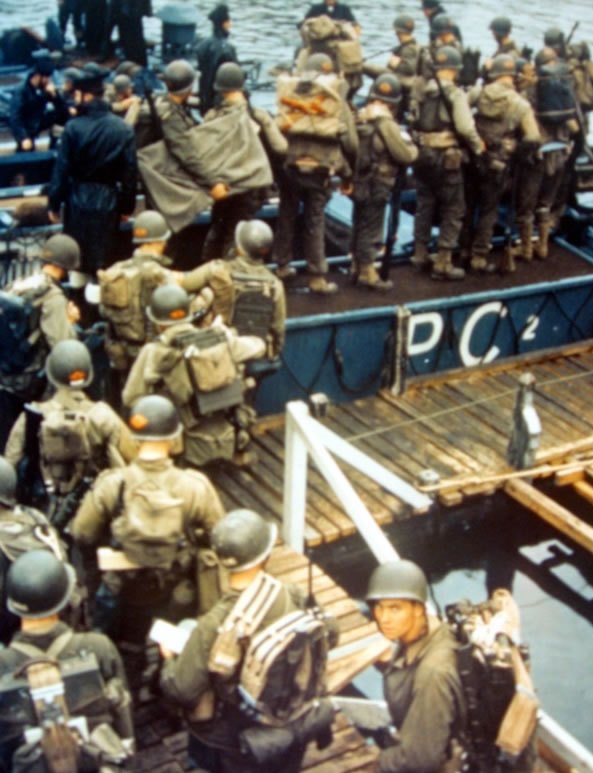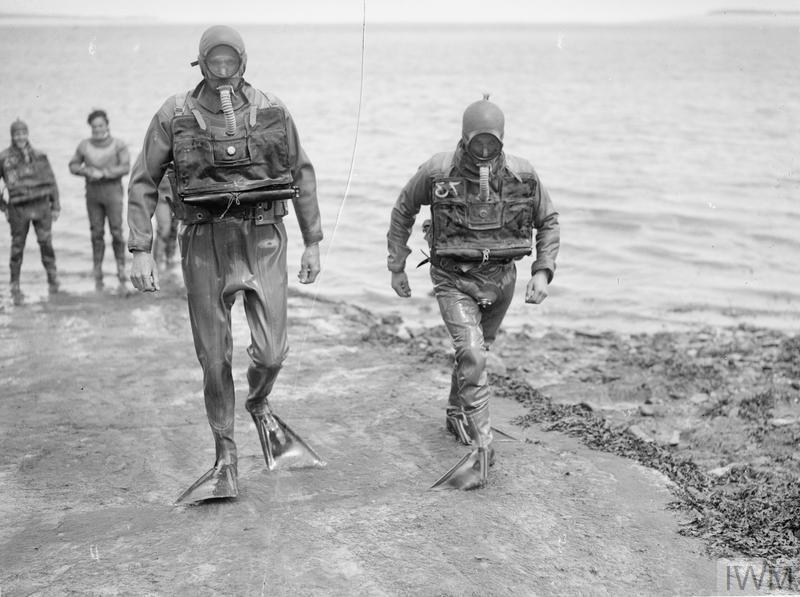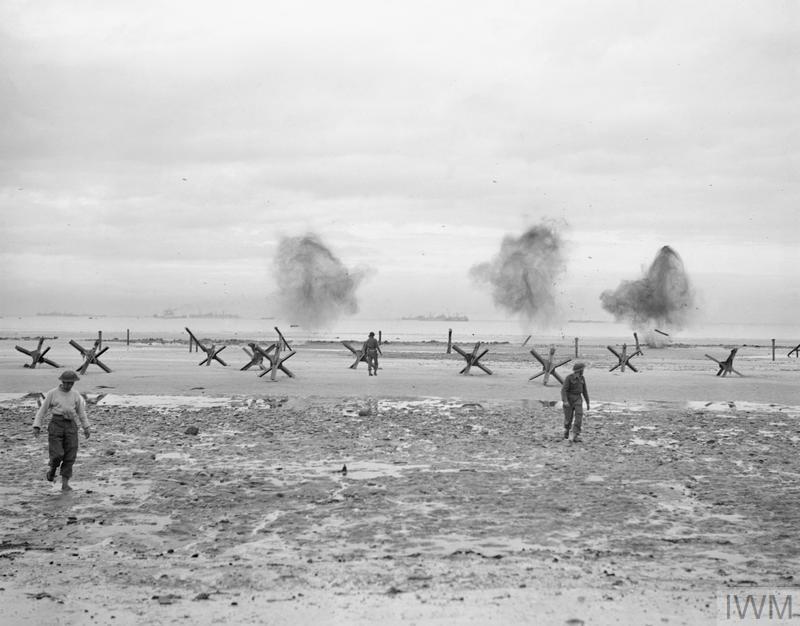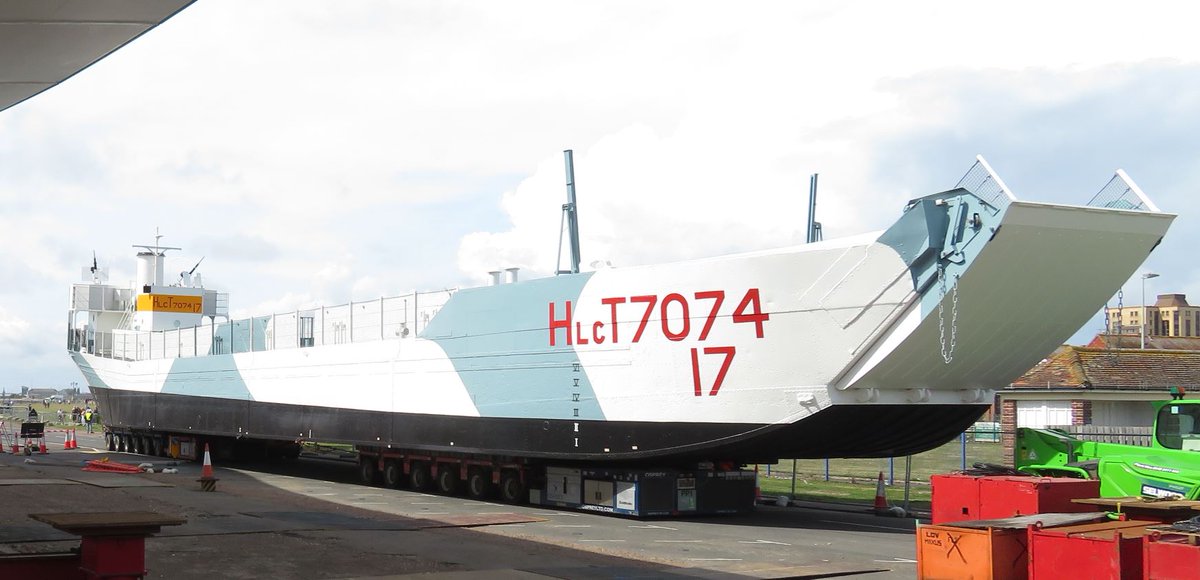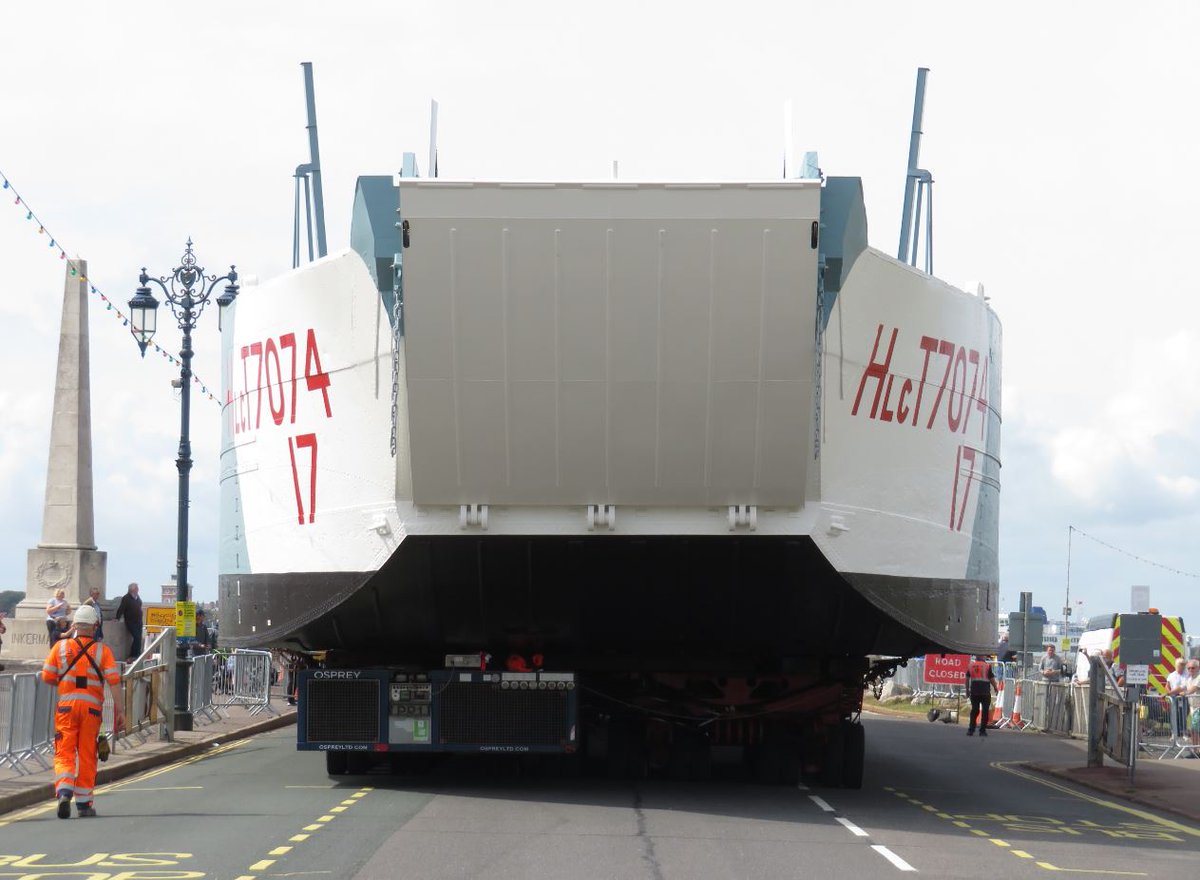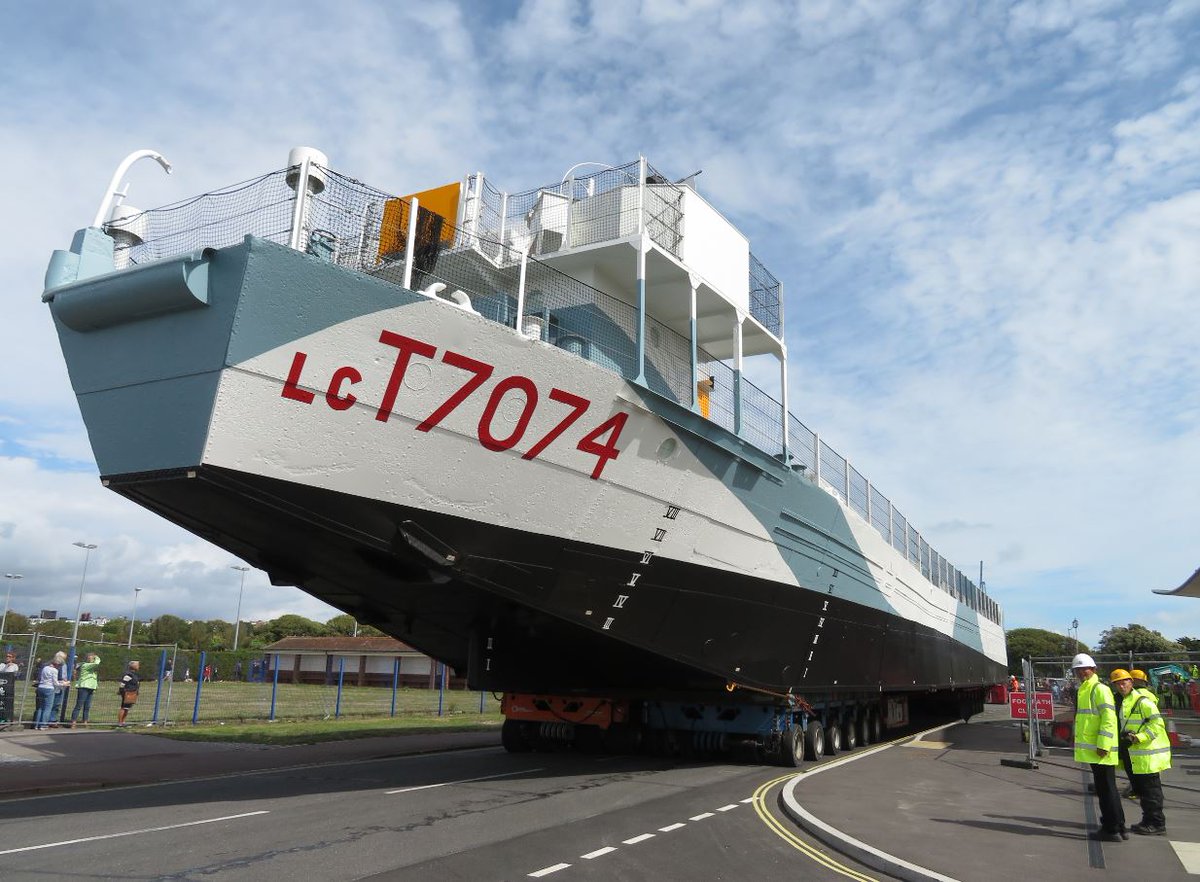
Hugely enjoyable chat with @James1940 and @almurray on @WeHaveWaysPod today. Lots of chat about some of my favourite subjects - we were going to talk about Coastal Forces but almost immediately got side-tracked by landing Craft and D-Day! play.acast.com/s/wehaveways/2…
As some of you know my archaeological speciality is concrete, which sounds easy (or dull) but is really quite fascinating. To listen to two concrete specialists nerds) discussing WWII concrete, check out this @CITiZAN1 discussion with @ckolonko and myself.
The number of vessels involved is phenomenal. Some 7,000 vessels of all types were involved, although the exact number varies according to source (Official History on left, Admiralty Staff History on right). These are assigned numbers: I'm working on the exact number that sailed. 



Getting crews onto landing craft meant luring them away from destroyers and Coastal Forces. Forces magazines included articles designed to draw more men into the service, including an alternative route to commissioning as an officer. 



Most people know Peter Bull best from his appearance in Dr Strangelove, or perhaps The African Queen. He met Alec Guinness during his officer training and commanded landing craft in during the war, principally in the Med.
https://twitter.com/SeaSpitfires/status/1161959552713207808
His memoir is brilliant, I highly recommend it whether you like landing craft or not. Despite his modesty and frequent allusions to the absurdity of his appointment as a Lt-Cdr in charge of a flotilla, Bull was clearly a competent and successful commander. He was awarded the DSC. 

Most training for landing craft crews in Combined Operation took place in the Firth of Clyde. Some memoirs talk more about the weather and cold accommodation than anything else! 📷IWM A 29923 

I rather cut James off when he mentioned Landing Craft Obstacle Clearance Units (apologies James), but as some of you know, I have a bit of thing about this popular D-Day myth.
https://twitter.com/SeaSpitfires/status/1299620499421638657
The people most known for their D-Day planning are the commanders, but behind the scenes, from admirals and generals down to ratings and privates, an army of men were involved in the planning and prep. This brief memoir gives some idea of the complexity of their task. 

The officer who's name I couldn't remember was Rear Admiral Parry, who commanded HMS Achillies at the Battle of the River Plate. He commanded Force L, the task force to which #LCT7074 was assigned for D-Day. gettyimages.fi/detail/news-ph…
There's oodles of paper work on the preparation of Landing Tables for D-Day. The eventual form they took isn't easy to understand at first, but each Landing Table Index Number relates to a single vessel's load. These are AVRE loads for Force J. 

Amendments! The basic orders issued to vessel commanders in Force S amounted to over 153 pages. They were issued with 8 pages of amendments like those below. 

Alongside typos were fairly major changes to the timetable, so they had to be carefully checked. Appendix I was the ENTIRE embarkation timetable, so this tiny detail was vital to making sure everyone went to their embarkation berths on time. 

Visit today and Sword Beach looks like an endless sandy shore perfect for landing. But it was stuck between the offshore shoals (Roches de Lion) to the west and well fortified Ouistreham to the east. This narrowed the landing area to Queen White & Red, only 1 mile wide. 

Combined Operations constantly sought lessons from its operations. All the landing craft reports from D-Day feature recommendation, from very junior levels right up to admirals. Here's the recommendations page from the senior navigating officer, Force G. One is emphasised... 

Lt Colonel Reeves landed on D-Day purely to make observations on the armour and beach defences. He landed only 2 hours after the first infantry, while the beach was still under fire. Then he wandered around taking photos and notes for the day. 





One thing planners did learn from Dieppe was the practicalities of embarking men and vehicles. The first embarkation hards to be used operationally were the newly completed group at Stokes Bay.
https://twitter.com/SeaSpitfires/status/1117825163934957568
The Trout Lines was just east of Sword. While landing craft were berthed on the line, roaming frigates and MTBs sailed around the flanks seeking out enemy vessels.
https://twitter.com/SeaSpitfires/status/1346481188697849862
If you want to learn more about MTBs at Normandy, I could modestly recommend this little tome I wrote... amazon.co.uk/Motor-Gun-Boat…
I sound like I'm making a political comment at the end which wasn't my intention (sorry Al!). My point was meant to be that D-Day was the culmination of 4 years of planning, which began the moment we evacuated France. It couldn't have happened any earlier and succeeded as it did.
Anyway, I hope everyone enjoyed the podcast, as I certainly did. Cheers @WeHaveWaysPod team and @James1940 and @almurray, I look forward to telling you about Coastal Forces!
• • •
Missing some Tweet in this thread? You can try to
force a refresh












